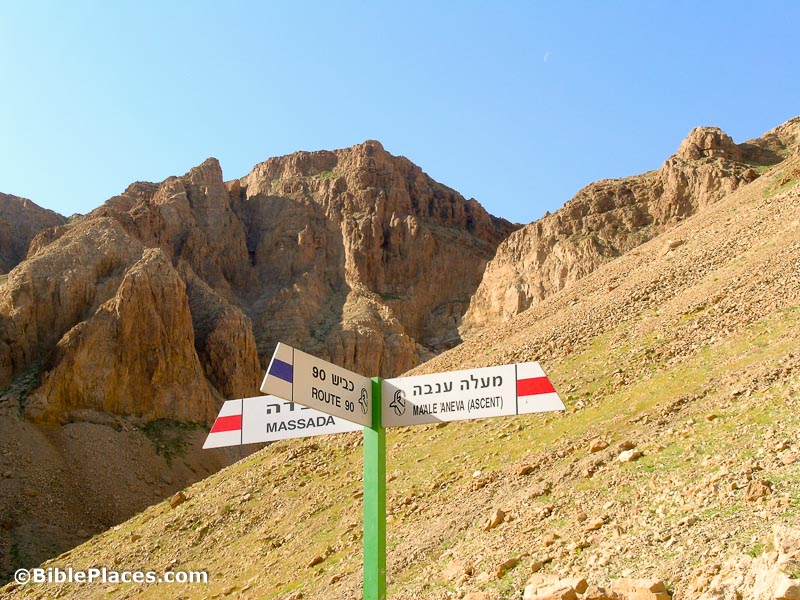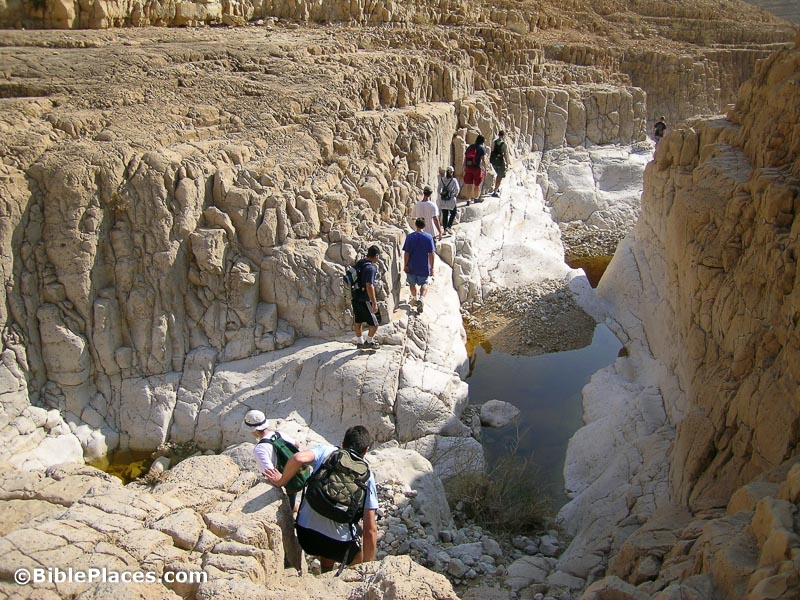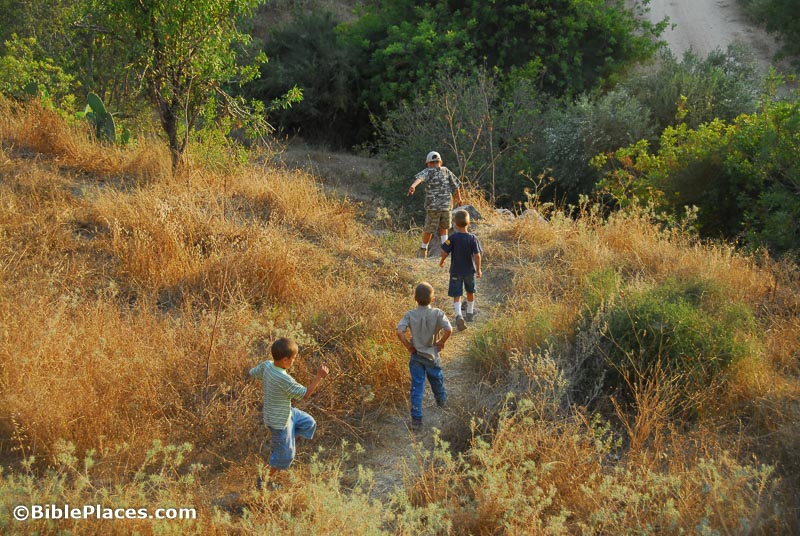I believe that there is no better way to experience Israel than by hiking it. That doesn’t mean that your first trip to Israel should be a pure hiking tour. I would suggest instead that you first learn the land as a whole, and that requires being on a bus so you can cover the ground. But as you have opportunity on that or subsequent trips, you will find that nothing is as rewarding as walking through the land. The air you breathe, the dust you kick up, the surprises you see, the connections you make—all of these are vastly different than the view from the bus window.
It’s not necessarily easy going on a hike, especially if you’re not traveling with someone with experience. The best hiking maps are in Hebrew, and the logistics can be challenging as well. But if you’re not in a hurry and you make some preparation, you can have a successful trip with memories that last a lifetime.
Over the years, a few people have written books (in English) for hiking in Israel. (Here’s an older one I like.) But trails are altered and the books become dated and go out of print.
Israel by Foot is a new website dedicated to helping hikers in Israel. The creator, Erez Speiser, wrote me some weeks ago to ask about the possibility of writing a guest post for this blog. But I love what he is doing and I would rather tell you myself.
I predict that Erez’s website is going to change some of your lives. Because you will start reading of the possibilities, get motivated, and then realize that you really could do this.
There are a number of options on Israel by Foot, but readers of this blog might start with “Bible Walks,” where Erez (who created all of the content himself) gives detailed descriptions for about five hikes, including the distance, the climb, the best time of year, directions to the trail head, and Google Map points. That is all free; for $5 you can purchase a detailed hiking map and GPS files for any particular hike. (You know how much you’ll be willing to pay for a detailed map in English when you are lost? :-))
I love the “Inn to Inn Hikes” section. That’s because I don’t enjoy hiking so much with 40 pounds on my back. Multi-day hikes are just much more difficult logistically. (I led a 11-day hike for a couple dozen people once, but it worked so beautifully because we had a trail van carrying our sleeping bags and food. Heavy backpacks would have completely changed the calculus.)
Just reading the options for the “Inn to Inn” will motivate some of you to start planning for your 30th wedding anniversary trip or your 60th birthday present to yourself or something! How about: Judean Desert (Arad to En Gedi via Masada) in 4-6 days. Or Sea to Sea (across the Upper Galilee) in 5 days. Or the northern (and most beautiful!) section of the Israel National Trail – from Dan to Arbel!
Erez has another section of single-day self-guided hikes. These are easier to incorporate into another trip. There are several dozen options listed in various regions of Israel.
You might consider if a “hiking-based” trip could be a way to spend some quality time with some of your older kids. Or maybe a person you disciple or a small group you lead. Some married couples are ideally suited for trips like this. I know there are lots of other places to travel, and this is not on the cheaper end for those living outside of Israel, but I believe that amazing memories are made when (1) you are walking outdoors (2) in a place where you are surrounded by the Bible and (3) you are feeling a small measure of pain.


